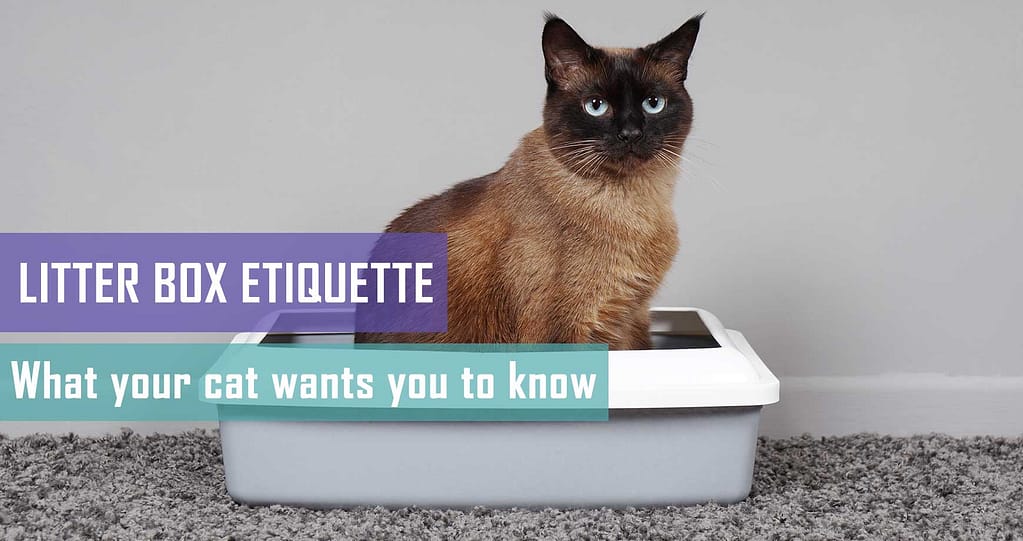You get dog people and cat people and then there’s the special category in the middle: dog-and-cat people. They seem to have the best of both worlds: adoration from their gregarious pups and, well, tolerance and the occasional purr from their introverted kitties. Stereotypes aside, a harmonious dog and cat household is the dream for animal lovers who appreciate the qualities of both species. Here we take a look at what it takes to make a multi-species household work in everyone’s favour.
1. Match their energy levels
If dogs and cats are socialised together from a young age, they will learn to read and respect each other’s body language, even though their own cues and signals (swishing tail, raised hackles, direct eye contact, etc.) may differ. If you expect multi-age cats and dogs to get along, it’s up to you to read and understand their energy levels and signals, and to intervene when the inter-species communication doesn’t go so well.
For example: An old, potentially grumpy dog who just wants her peace and quiet might not appreciate the fearless energy of a bouncy kitten clawing at her tail or biting her ears. Similarly – and especially – an adult cat may not be properly equipped in the mood and tolerance department to handle the high energy of a young puppy or a boisterous dog.
What you can do: separate them when their energy levels don’t match. You can play with the active pet and expend some of their energy, then put the pets back together when the lively pet is calmer.
2. Understand your pets’ personalities
Some dog breeds are intolerant of cats because of their chase or prey instincts. But these ‘breed rules’ do have exceptions, which proves that it’s more important to understand your dog and cat’s personalities (temperaments) than to revert to stereotypes. A greyhound pup that’s introduced to an all-cat household may instinctively chase the cats, but if the cats are tolerant enough, they will turn the chasing into a game and let the puppy know when they’ve had enough (true story). It will probably require some intervention from the pack leader (you!) to teach the puppy when enough is enough, but peaceful and even playful cohabitation is possible with the right pet personalities.
3. Give your pets separate spaces
Even if your dog and cat appear to be the best of friends, create separate spaces for each one to retreat to. Forcing your pets to eat, sleep and be together 24/7 won’t give them the chance for a timeout if either or both of them need space. Make sure your cat has a tall scratching post or access to elevated furniture or bookshelves to escape the dog for a few hours of peace if she needs to. Also give her her own bed and resting place and teach her to not take over the dog’s bed unless he allows it. Keep their food bowls separate and don’t allow them to share each other’s food (why dog food is bad for cats is a whole other topic!). Also keep your cat’s litterbox out of reach of your dog – a dog who feels subordinated by the cat will seek out the litterbox and dig for ‘snacks’.
Don’t confine your cat and dog in the same room – give both pets an exit if they need time away from the other, especially when you’re not at home.
4. Get your pets used to each other’s scents
While humans respond better to visual cues, animals are more responsive to scents. To encourage harmony in your household, brush your dog and cat with the same brush. From time to time you can also use pheromone plug-ins with both dog and cat scents to encourage tolerance of the other species’ aroma.
5. Give your pets enough exercise and mental stimulation
Dogs need plenty of physical and mental stimulation. This is your job. Your dog cannot see the cat as a plaything for when he’s bored. Be sure to exercise your dog regularly – go for walks, play games, give him treat puzzles to work out, and top up his training on a weekly basis.
You can also play with both dog and cat together, but separately. For example: While your dog is busy with a treat puzzle, play with your cat in the same room, and vice versa.
6. Do not play favourites
Sometimes cats and dogs will display jealousy signals if you give the other pet attention. Do not turn the jealous response into a teasing game. It may seem cute or funny, but by playing favourites or encouraging the jealous response, you can disrupt your inter-species pets’ relationship. Built on the right foundation, they see you as the pack leader and look to your cues to understand their position in the hierarchy. Any perceived favouritism can affect the subordinated pet’s self-esteem, which can lead to sniping behaviour (your dog nipping at your cat, or your cat hissing at or scratching your dog) and even destructive habits.
7. Positively reinforce good behaviour between pets
Always reward good behaviour. When you see your pets behaving well in each other’s company – playing together or even just relaxing with you on the couch – reward them with gentle strokes, kind words or even treats. This tells your dog that the cat’s presence = a good time, and vice versa.
If you’re struggling with harmonising your multi-species household, ask your vet about recommending an animal behaviourist to help you.
Pet Hero is all about that pet-friendly life, which is why we provide our pet heroes with info and advice on giving your pets their best lives pawsible! Sign up for our newsletter and get more valuable content delivered straight to your inbox! We’ll also send you a heads-up for every sale, promo and competition to make sure you’re in line for awesome deals and petacular goodies!







